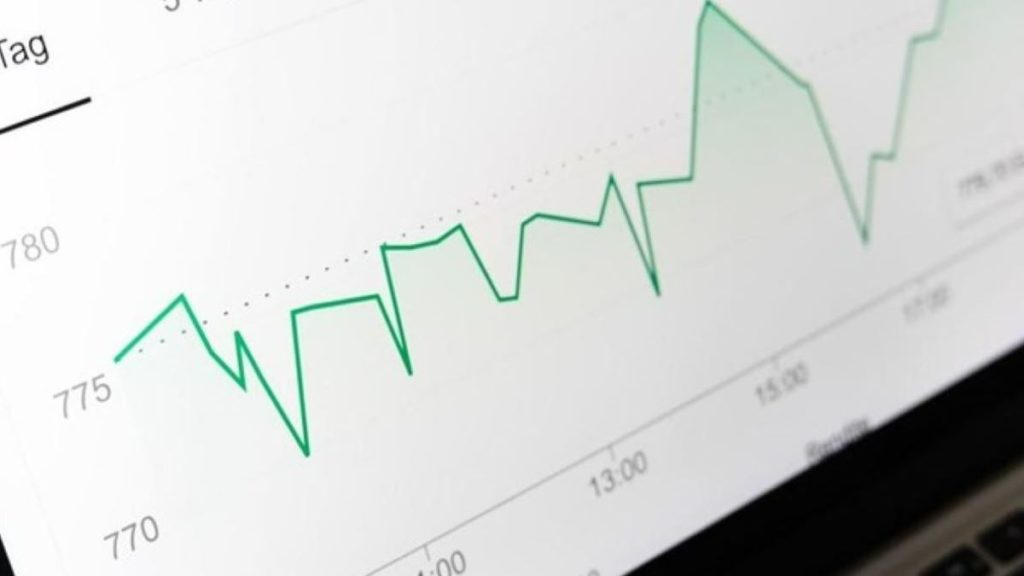Prescriptive analytics uses data mining and mathematical optimization techniques to provide decision support to business users. It goes beyond descriptive and predictive analytics by not only describing what has happened and what might happen but also by providing recommendations for what actions should be taken to achieve specific goals.
This article examines the prescriptive analytics definition. Let’s look at how this field of analytics can help your business.
RELATED ARTICLE: HOW DO TECHNOLOGICAL ADVANCES AFFECT THE WAY WE LIVE?
What Is Prescriptive Analytics?
Prescriptive analytics is a form of advanced analytics that uses mathematical models to prescribe actions to improve business outcomes. You can use it to optimize business processes, make better decisions, and plan for the future. It relies on simulations and mathematical models to analyze data. Then, it identifies the best possible actions for achieving specific goals.
You can use it to improve decision-making in a number of ways, including:
- Determining the best course of action for a given situation.
- Predicting the consequences of different actions.
- Identifying the risks and rewards associated with different actions.
- Helping to choose the best action for a given situation.
- Determining the best time to take an action.
- Determining how much of a given resource to allocate to a given task.
Moreover, businesses can use this advanced form of analytics in a variety of domains. These include marketing, finance, operations, and human resources.
In marketing, prescriptive analytics can identify the best target customers, determine the most effective marketing campaigns, and optimize prices to maximize revenue. For finance, it will identify the best investments, optimize asset allocation, and forecast cash flow.
In operations, it can optimize production scheduling, identify the best suppliers, and recommend inventory levels. Additionally, in human resources, it can identify the best employees for a given job, identify the best training programs for employees, and recommend pay levels.
How Does It Work?

Prescriptive analytics is the next step up from predictive analytics. It looks at what has happened in the past to try and predict what might happen in the future. However, this advanced form of analytics takes it a step further. It looks at what has happened in the past and tries to find the best solution for what might happen in the future.
This might mean recommending a specific course of action to take. Alternatively, it might mean providing a range of options with different probabilities of success. Then the decision-maker can choose the best solution.
Prescriptive analytics combines data mining, statistics, and machine learning algorithms. These algorithms examine data to find patterns and relationships. They then use these patterns and relationships to predict what might happen in the future. The algorithms also look at the consequences of different actions to find the best solution.
What Are Its Benefits?

Prescriptive analytics is especially beneficial for businesses that want to make the most of their data. It can help them identify new opportunities, understand customer behavior, and optimize operations. Additionally, prescriptive analytics can help businesses reduce costs and improve efficiency.
It is also beneficial in helping organizations optimize their decision-making. This is because it provides insights into what actions will lead to the best outcomes. Moreover, it takes into account all of the relevant variables. This allows organizational leaders to make more informed decisions, reduce waste, and improve performance.
Prescriptive analytics can also identify and prevent potential problems. This is because, by analyzing past data and trends, this advanced form of analytics can help organizations anticipate potential issues and take action to avoid them. This can be particularly helpful in areas such as risk management and fraud prevention.
Overall, prescriptive analytics can help organizations become more efficient and effective in their decision-making. It can provide insights that would otherwise be unavailable, and it can help organizations avoid potential problems.
Make the Most of Your Business with Prescriptive Analytics
Prescriptive analytics is a powerful tool for businesses of all sizes. It can help organizations to become more data-driven and to make better use of their data. Prescriptive analytics can help organizations improve their bottom line and become more competitive in the marketplace.
RELATED ARTICLE: STARTING YOUR OWN BUSINESS? HERE’S WHAT YOU’LL NEED
